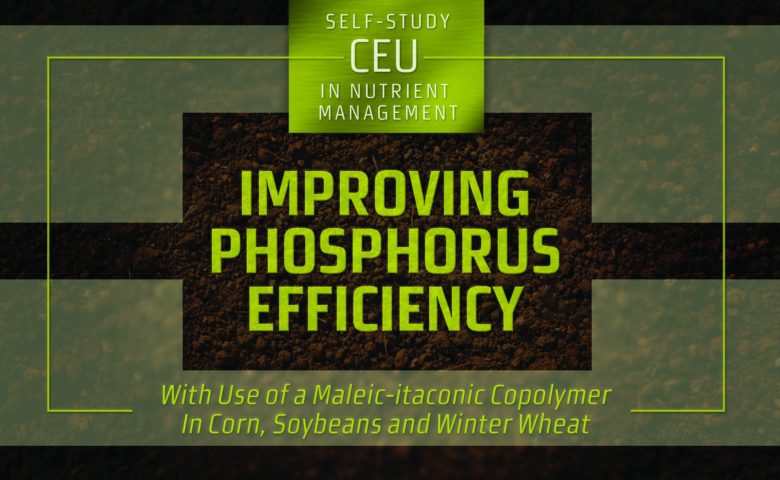But, there are many intricacies involved with managing phosphorus (P) for optimum crop uptake and increased return on investment. Phosphorus has a negative charge and is naturally attracted to positively charged elements in the soil, such as calcium, magnesium, iron and aluminum. Soil temperatures, particularly lower temperatures, as well as soil pH can adversely affect the availability of P to plants, which can impact root growth and nutrient uptake.
Interestingly, the quantity of total P in soils has little or no relationship to the availability of P to growing plants. Soil tests may indicate high levels of P in the ground, yet tissue tests might simultaneously indicate inadequate P levels in crops.
We have compiled a technical white paper that features independent research conducted by Kansas State University and Clemson University on corn, full-season soybeans, winter wheat and double-cropped soybeans, and it shows that our patented, water-soluble copolymer protects phosphorus from negatively charged soil elements and helps ensure more P availability in the soil and improved P uptake by growing plants.
Yield increases in all of these crops were documented when the patented copolymer was used in conjunction with applied P, as were improved crop uptake of P, biomass production and plant Normalized Difference Vegetation Index (NDVI) scores.
The proof is in the pudding.


